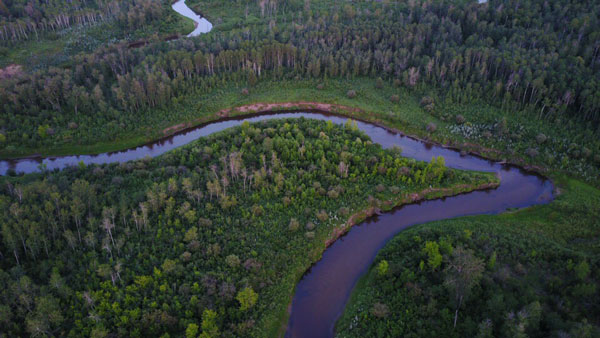The City of Prince Albert is hoping updated flood mapping will lead council to make informed decisions on more permanent prevention projects.
On Monday, the federal government announced it and the city are each contributing $60,000 for flood mitigation in Prince Albert. Flood mapping determines which areas are most at risk so communities can take preventative measures before a flood happens.
A federal government news release said over 2,000 properties are within the city’s 1:500 floodplain, meaning there’s a one in 500 chance a flood will occur in any given year.
Mayor Greg Dionne said flood mapping was last done in the city five years ago, and is now outdated.
He said depending on the updated data, the city may build a dike—a wall to keep water out—near the Water Treatment Plant along River Street.
“It’s the lowest area there. We may dike in that area to prevent flooding to help get some of the residents out of the 1:500, so (flood mapping is the) first step in a project going forward.”
Dionne said homeowners in the floodplain have to comply by regulations set by the province’s Water Security Agency (WSA). He said this includes having a flood proof basement and the house being built high enough.
The WSA also has emergency measures in place, such as providing sandbags. Sandbags can be built up as a barrier for the water.
But Ward 4 Coun. Don Cody said the city is wanting something more permanent, such as the dike. The 1:500 floodplain is in Cody’s ward.
He emphasized the city wants to be involved and consulted in the flood mapping process.
“That’s important to us, to know exactly what they’re doing and how they’re doing it,” he said.
Cody added he doesn’t think the 1:500 floodplain consists of over 2,000 properties like the federal government says: “I think the mapping will show that it’s different than that.”
A contractor out of Vancouver will be collecting data in these communities using a LiDAR (Light Detecting and Ranging) technology.
However, the WSA says the City of Prince Albert can skip this step.
“Similar LiDAR data already exists for the City of Prince Albert study area obtained from recent studies of the river, so that project was able to progress straight to the hydrological analysis, flood event modelling and mapping phase of the flood mapping process,” said the WSA in an emailed statement.
The Prince Albert project began on May 22 and takes one year.
—with files from Peter Lozinski


